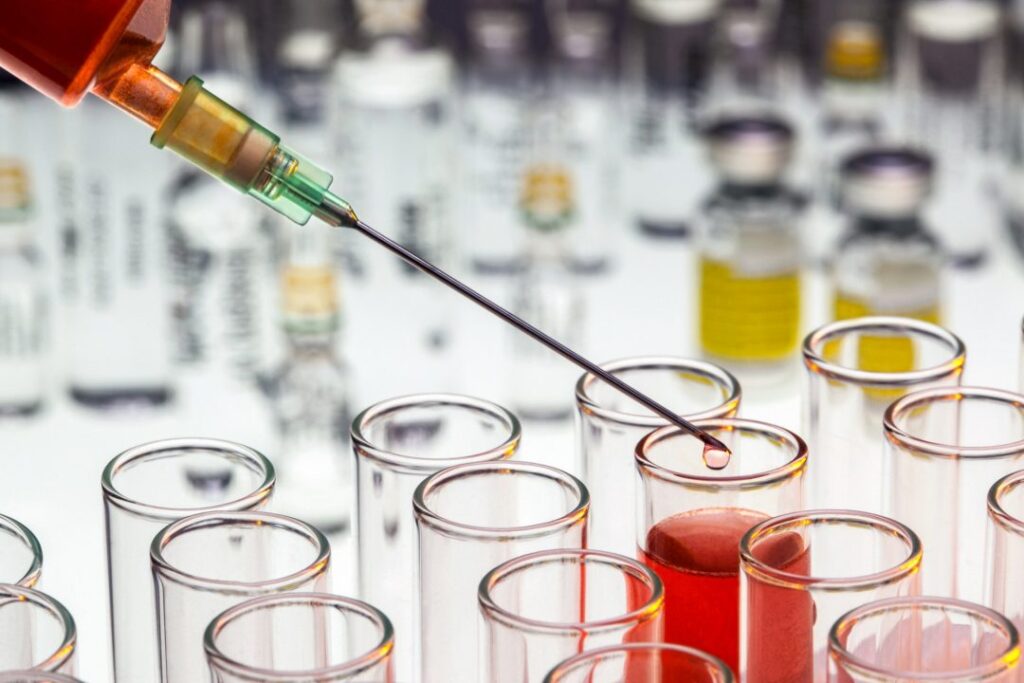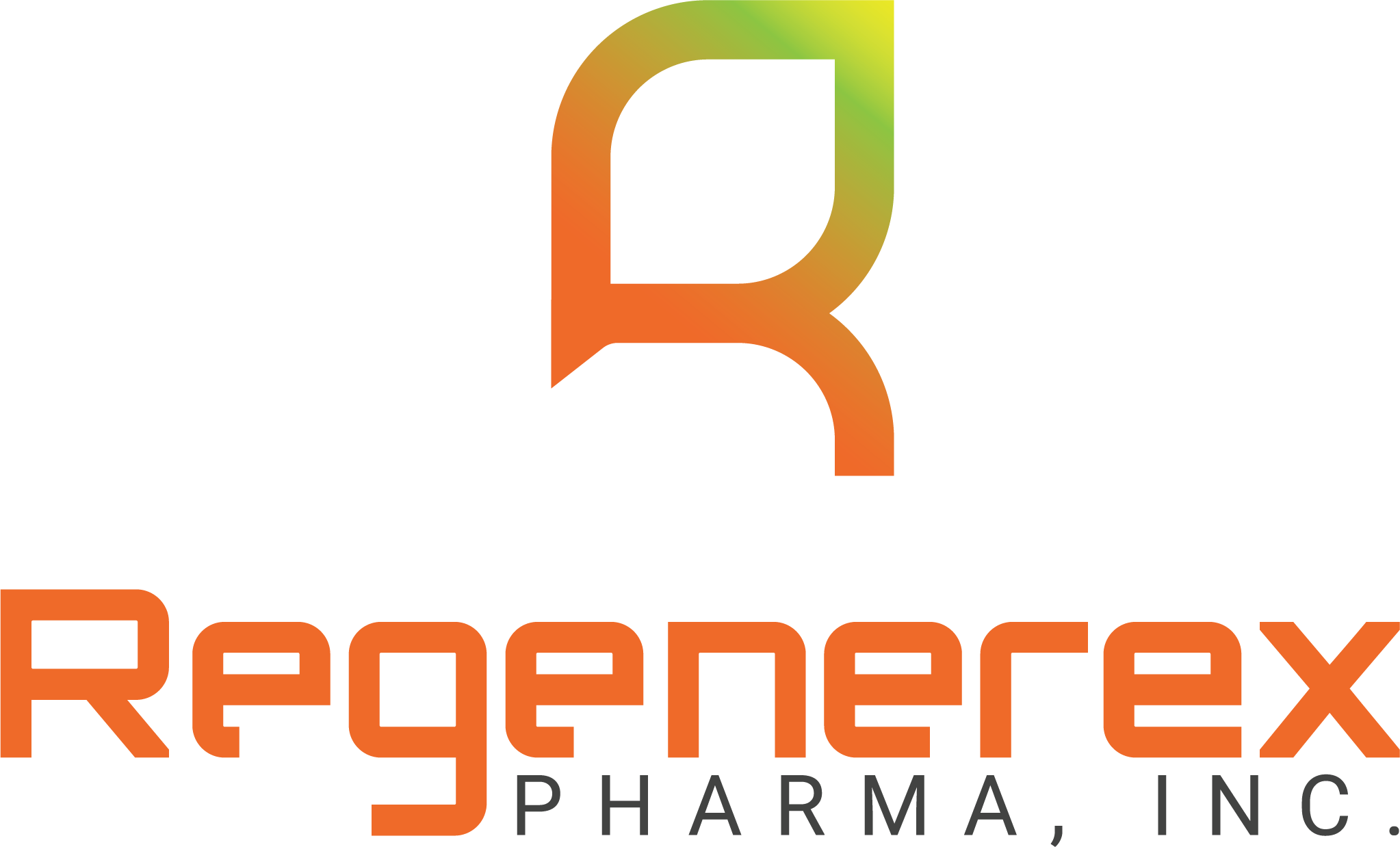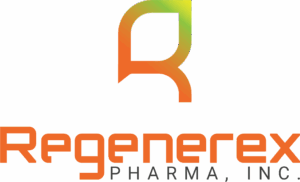Arterial Ulcers
Arterial Ulcers
- Occur when arteries become narrowed or blocked
- Tissue deprived of oxygen and nutrients dies
- Often occurs on the toes, heels, or bony prominences of the foot
- Usually very painful
Arterial Ulcers Becoming Chronic
Chronic wounds, regardless of type, are associated with factors like increased levels of proteases (MMP-2 and MMP-9) and persistent overproduction of reactive oxygen species (ROS), which hinder healing. If an arterial ulcer reaches a point where these biochemical imbalances are present and the core circulatory problem is unresolved, it would then be considered a chronic wound.
Background
Arterial ulcers are open sores that develop on the body due to poor blood circulation, specifically inadequate arterial blood flow. They are most commonly found on the lower extremities, such as the feet, ankles, and toes. These ulcers occur when arteries, which carry oxygen-rich blood away from the heart, become narrowed or blocked, usually due to atherosclerosis (hardening of the arteries). This reduction in blood supply deprives the tissues of necessary oxygen and nutrients, leading to tissue death and ulcer formation.
Characteristics of Arterial Ulcers
Arterial ulcers are open sores that develop on the body due to poor blood circulation, specifically inadequate arterial blood flow. They are most commonly found on the lower extremities, such as the feet, ankles, and toes. These ulcers occur when arteries, which carry oxygen-rich blood away from the heart, become narrowed or blocked, usually due to atherosclerosis (hardening of the arteries). This reduction in blood supply deprives the tissues of necessary oxygen and nutrients, leading to tissue death and ulcer formation.
Arterial Ulcer Causes and Risk Factors
The primary cause of arterial ulcers is peripheral artery disease (PAD), which is a buildup of plaque in the arteries that supply blood to the limbs. Risk factors for PAD and consequently arterial ulcers include:
- Smoking: A major risk factor that significantly contributes to atherosclerosis.
- Diabetes: High blood sugar levels can damage blood vessels.
- High blood pressure (hypertension): Damages artery walls.
- High cholesterol (hyperlipidemia): Contributes to plaque formation.
- Age: The risk increases with age.
- Obesity: Contributes to other risk factors like diabetes and hypertension.
- Family history: A genetic predisposition to PAD.
Diagnosis and Treatment
Diagnosis typically involves a physical examination, assessment of pulses, and non-invasive vascular tests such as ankle-brachial index (ABI), Doppler ultrasound, or angiography to assess blood flow.
Treatment for arterial ulcers focuses on improving blood circulation and promoting wound healing. This often includes:
- Revascularization: Procedures like angioplasty, stenting, or bypass surgery to restore blood flow to the affected limb.
- Wound care: Debridement of necrotic tissue, appropriate dressings to keep the wound moist and protected, and infection control.
- Pain management: Medications to alleviate pain.
- Lifestyle modifications: Smoking cessation, blood sugar control for diabetics, blood pressure and cholesterol management, and regular exercise.
- Medications: Antiplatelet drugs to prevent blood clots.
Unlike venous ulcers which often heal with compression, compression is generally contraindicated in arterial ulcers as it can further impede already compromised blood flow. The goal is to address the underlying circulatory problem to allow the ulcer to heal and prevent recurrence.
Our Research
Regenerex is continuously evaluating new technologies to improve clinical and financial outcomes of products and programs.


Quick Links
Need help?
If you have questions regarding arterial ulcers and how Regenerex technology can help the healing process, please contact us.

